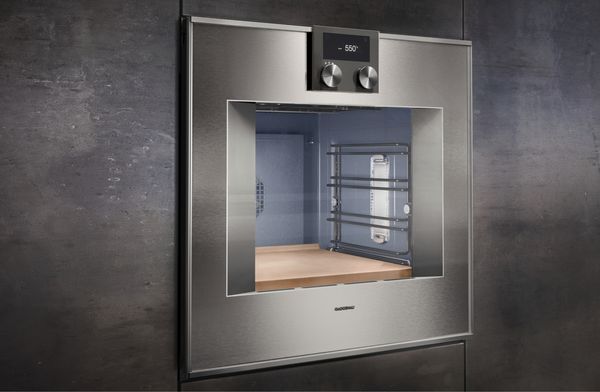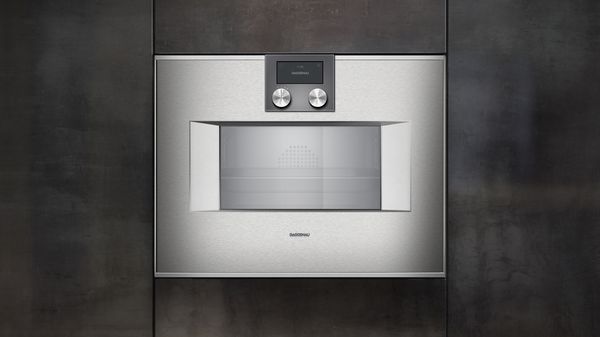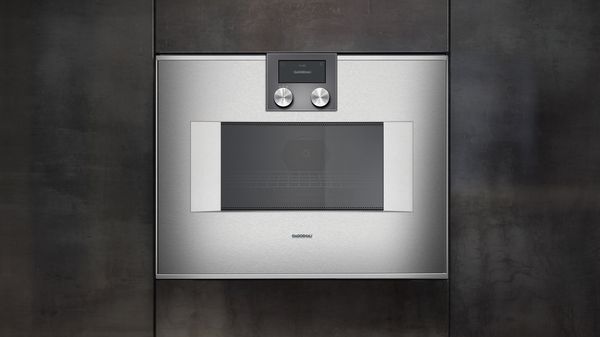
A cooking plan is essential when orchestrating the cooking of a large feast while knowledge of the tools you are cooking with is equally important because recipes don’t reference the tools we cook with. You will find several recipes for different methods of roasting a turkey specific to your Gaggenau ovens on our website, while these tips will help you plan and orchestrate cooking the entire meal.

Convection Roasting Tips
The circulating heat of Convection has transformed how we cook turkey with stunning results.

Convection circulates heated air around the oven, cooking food from the edge to the center. Cooking in convection reduces the cooking time of a large roast and ensures better moisture retention.
We recommend cooking a turkey to an internal temperature of 165 F but it is crucial to allow at least 30 minutes resting time prior to carving to allow the turkey to come to a safe serving temperature of 185 F.

The core temperature probe provides accurate results when properly inserted. Insert the tip into the thickest part of the breast at an angle, taking care it doesn’t touch bone.
Some models will show the estimated cooking time on the display approximately 20 minutes after the cooking commences, in others the internal temperature will be displayed allowing you to monitor the progress. The oven turns off automatically when the target internal temperature has been reached.
Turning and basting the turkey is not necessary when roasting in convection.
Be sure to place the turkey on the rack in the shallow oven pan. Elevating the turkey ensures it is evenly cooked by the circulating heated air without moisture loss. Placing the turkey directly on the pan will result in moisture being drawn out of the turkey.

Adding some herbs, onion, leeks, or lemon is ideal for added flavor, however due to the shorter roasting time a traditional stuffing is best baked separately in a casserole dish.
Remove the giblets and neck the day before roasting, season the turkey with kosher salt and let it sit uncovered in the refrigerator allowing the skin to dry slightly. This results in great flavor and more crisping of the skin.
Ideally make some turkey stock for gravy in advance and supplement with the pan drippings and juices from the turkey.
Allow the turkey to come to room temperature before roasting. If it is still very cold, place it in the oven for 15-20 minutes using the Defrost Mode. This will ensure any ice crystals are dissolved prior to roasting. Pat the turkey dry with paper towels before roasting.
Carve the turkey on a large rimmed cutting board or place a flat board inside a shallow rimmed baking dish to catch the juices.
Prior to carving the turkey, pick it up with two kitchen towels to drain the accumulated juices to add to the gravy.

Some bones may appear reddish, this is quite normal when roasting in convection, as it does not have the same drying effect on food as thermal heat.
If the leg and thigh portions require a little more cooking, return them to the oven and cook for 10 - 12 minutes in the Convection mode at 325 F.
When roasting a turkey that has been soaked in a wet brine, use the Top + Bottom mode for best results.










